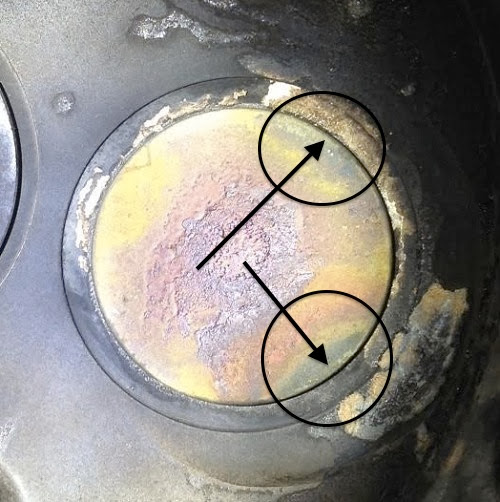The picture on the front page is a reminder of the price you pay for LOP operations.
Comments made by longtime engine overhaul expert clearly show a trend in engines run LOP, so much so that the experienced AP can tell how the engine was run just by looking at burned exhaust valves.
The LOP subject has been beat to death and I too run LOP but I am always bothered by the relatively high EGTs when operating LOP.
I have been assured not to pay attention to high EGTs as they "don't really matter".
I like the low fuel burn and clean engine but I am beginning to weigh the risk of running my engine in this fashion knowing full well that my exhaust valves will suffer premature wear and possibly failure if I don't do a top overhaul or catch a developing problem early on.
Maybe DR can tell us how many hours you have on that Cylinder and if you run LOP, I bet my saved gas money you do.
Comments made by longtime engine overhaul expert clearly show a trend in engines run LOP, so much so that the experienced AP can tell how the engine was run just by looking at burned exhaust valves.
The LOP subject has been beat to death and I too run LOP but I am always bothered by the relatively high EGTs when operating LOP.
I have been assured not to pay attention to high EGTs as they "don't really matter".
I like the low fuel burn and clean engine but I am beginning to weigh the risk of running my engine in this fashion knowing full well that my exhaust valves will suffer premature wear and possibly failure if I don't do a top overhaul or catch a developing problem early on.
Maybe DR can tell us how many hours you have on that Cylinder and if you run LOP, I bet my saved gas money you do.







